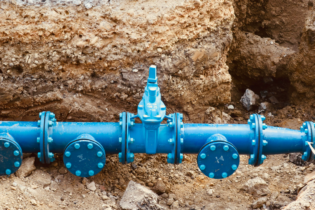A new study by Global Water Intelligence has revealed that rising wastewater operating costs have been a key driver of water tariff growth in 2018.
The survey results, taken from data collected by GWI on water and wastewater tariffs across 512 cities in 191 countries, suggest rising wastewater operating costs are a key driver of the rate hikes seen across North America and Europe this year. According to the survey the average tariff for wastewater services grew by 4.1% between July 2017 and July 2018, compared with a 3.5% growth in the average water tariff over the same period. Furthermore the white paper revealed that in all but two regions, the Middle East and North Africa and Eastern Europe and Central Asia, the average wastewater tariff grew more than that for water supply.GWI’s team of analysts found that many utilities are increasing wastewater service rates to fund sewerage network upgrades, as cities across the developed world act to address growing concerns over ageing infrastructure, stormwater management, and micropollutants this year.
“Wastewater is more expensive to manage properly than drinking water, so wastewater tariffs ought to be higher than drinking water tariffs,” notes Christopher Gasson, Publisher at GWI. “There is a problem however. Traditional sewer systems with wastewater treatment plants are not affordable for low income communities and it is killing people,” he explains. “Most of those who die from water borne diseases do so because of bad wastewater management. It is the one area of the water cycle which needs a new paradigm,” Gasson concludes.







